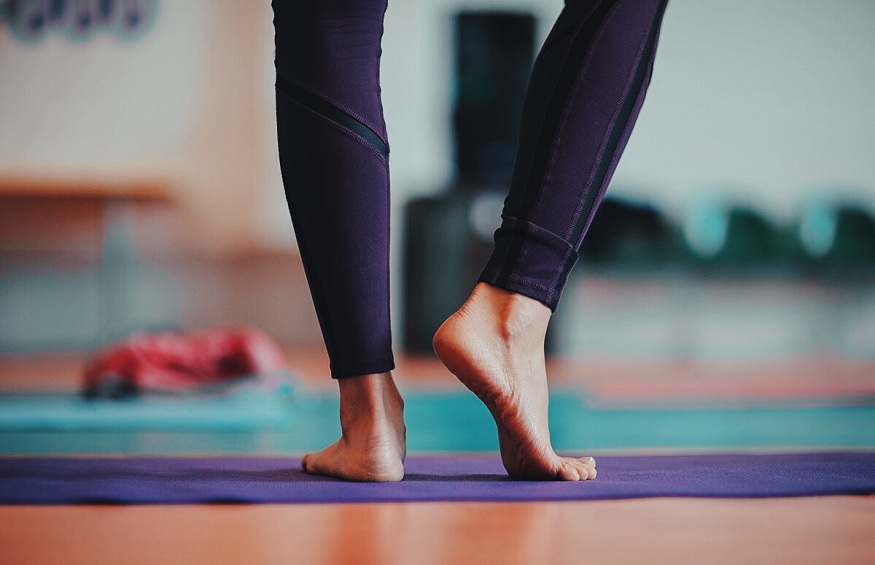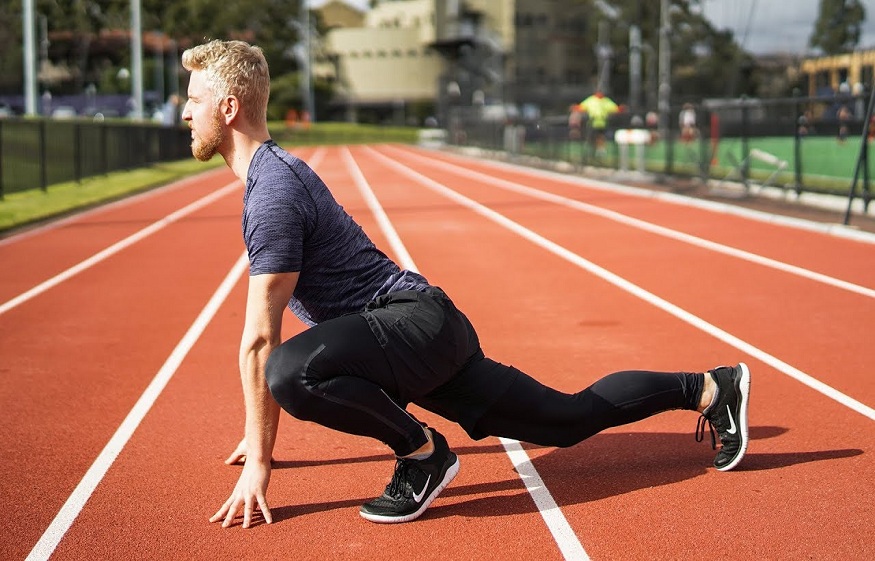The structure of our feet is very complex, with each foot comprising up to 26 tiny bones and more than 100 ligaments – and that isn’t including the joints, tendons and tissues. The foot has many different movements and can be prone to overload in one region. We rely on our feet for a lot and they do a lot of work! Therefore, it isn’t really surprising that discomfort or pain in the foot and ankle is quite common.
Training the foot muscles by doing some simple exercises can improve your flexibility and help to prevent injury. If you are already feeling some pain in your feet or ankles, it is recommended you visit a sports physiotherapist for foot pain for an assessment and to have a treatment plan put in place.
Common Causes Of Foot Pain
Foot pain can be largely prevented, starting with some basic care. For instance, supportive footwear is important for comfort and stability. Maintain a healthy weight to minimise pressure on your feet, and practice good foot hygiene. All of us are likely to experience a foot injury at some point and some of the most common causes of foot pain include:
Plantar Fasciitis
This is a common foot injury resulting from overuse and is the degeneration of the plantar fascia, a connective tissue attaching the heel bone to the toes. The plantar fascia acts as a shock absorber in the foot and supports the arch. When there is too much stress applied, small tears can appear. It can happen gradually over time or acutely, with the onset occurring in a specific incident.
Achilles Tendonitis
The Achilles tendon connects the lower calf muscle to the heel bone at the back of the leg. Like Plantar Fasciitis, Achilles Tendonitis is caused by overuse and is the degeneration of the tendon. Here are some exercises specifically for achilles tendon pain.
Foot and Ankle Sprains
Another very common injury is a sprain to one of the ligaments that connects the bones in the foot, often in the midfoot or arch, or the ankle. When the ligaments are overstretched, tears occur, causing pain and swelling.
So, what is helpful for the health and strength of your feet? Flexibility is a good start as it helps with being able to move positions easily and safely. Keep in mind however, that being too flexible and feeling loose will cause you to be sloppy in your movements which makes you more prone to injury. So, focus on your flexibility, but also the control of that flexibility.
Three Simple Exercises to Improve Your Feet
As with all exercises, concentrate on your posture and use slow, controlled movements. Always progress gradually, to prevent soreness from doing too much too early. For these foot exercises, perform them barefoot.
1. Stand on One Leg/Lift Toes and Arch
This exercise increases flexibility and the strength of your toes and arch muscles. The result is a more powerful walk and run, and as you build up the level of the exercises over time the benefits will be felt in your ankles and other parts of your legs too.
Stand on one leg and lift the toes of the foot on the ground upward, keeping the ball of your foot on the ground. As you lift, aim to tilt your ankle outwards to lift up the arch of your foot. You should feel the bottom of your foot tighten – hold for 10 seconds and repeat 5 times on each leg.
2. Lunge and Lower Arch
This exercise will help you lower the arch of your foot, or to pronate. Pronation is important for shock absorption and will help you push off evenly from the ball of the foot while walking or running.
Stand with one leg forward and put your weight on the front leg, feeling the heel, big toe and little toe on the ground. Push your heel into the ground as heavily as you can, letting your knee relax and fall forward in line with your big toe. You should feel the bottom of your foot and arch stretch and flatten. Keep the heel heavy into the ground as you bring the knee backwards and forwards over your big toe. Repeat 5 times on each leg.
3. Take Your Shoes Off When Strength Training
Squats, lunges and deadlifts are great exercises for strengthening all parts of your legs and leg muscles are influenced by the feet and vice versa – so if you don’t already do these, it’s a good idea to start.
If you do these exercises without shoes on you make your foot work harder. Make sure you really feel the ground with your feet, using the ball of the big toe and little toe, and your heel. This is an efficient way to strengthen your feet without adding an extra specific exercise.
Your feet really are the foundation of your entire body, so make sure they stay flexible and pain free, to carry you well. For advice on which exercises are best for your feet, book in to see a physiotherapist who is experienced in the feet and ankles. The team at Melbourne Sports Physiotherapy are available to help you look after your feet – give them a call or book online.



